Over at gamedev.SE we discovered that the flash implementation of Perlin-noise seems to deviate quite a bit from other implementations.
I didn't find any implementation details online, but I wondered if anybody can tell which algorithm is being used for Perlin-noise in flash.
Using bitmapData.perlinNoise(32, 32, 1, 200, false, false, 7, true); generates images like this where only the numOctaves parameter has been changed (1, 2, 4 from left to right):

However other implementations of Perlin-noise look quite different. For example the image from the Wikipedia article about Perlin-noise:

Also this Actionscript Implementation of Perlin-noise produces quite different results, as you can see in the following images (Octaves 1, 2 and 4 from left to right):

What I'm mostly interested in is the look of the noise with just one octave. In the flash implementation you can clearly see, that the noise is forming something like separated blobs.
Important: The noise generated in flash uses false for the fractalNoise parameter. If fractalNoise is set to true, the results are actually very similar to the ones from Wikipedia and other implementations.
The description of the parameter reads as follows:
A Boolean value. If the value is true, the method generates fractal noise; otherwise, it generates turbulence. An image with turbulence has visible discontinuities in the gradient that can make it better approximate sharper visual effects like flames and ocean waves.
As we can see, they speak of turbulence to describe the method that generates the noise. So I guess the question is: Is that output generated by flash still Perlin-noise? Or is there another name for that kind of noise? And most importantly: Where can one find an implementation to create noise like this?
